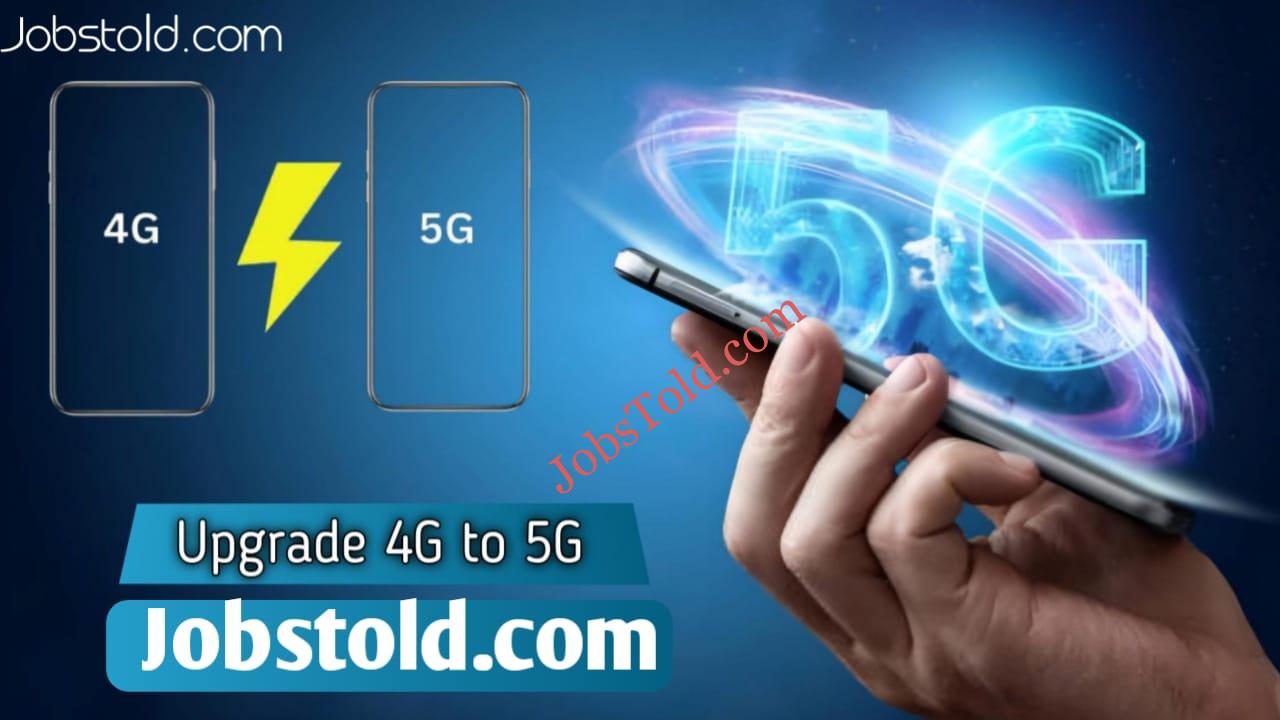
As more people around the world start using 5G technology, many are excited to upgrade from their 4G devices to enjoy the faster and more efficient 5G network. This change is not just about faster internet; it’s also about creating better apps and services. Switching from 4G to 5G is not as simple as just flipping a switch. This piece explains the steps and things to keep in mind for a smooth transfer.
Understanding 4G and 5G Differences
Before starting the change process, it’s important to know the differences between 4G and 5G. 5G, the fifth version of mobile networks, offers faster data speeds, lower delays, and greater capacity compared to 4G. This means quicker downloads, improved streaming, and more reliable links, especially in busy areas.
5G can use more types of bands, including high-frequency millimeter waves, which helps it send data faster. These high frequencies have shorter distances and are easily blocked by obstacles, so they require more receivers and base stations.

Check if your device works with this.
The first step to getting 5G is to make sure your phone can support it. Not all smartphones can use 5G. Older models designed for 4G networks are not suitable. To check if your phone can use 5G, you can:
1. Check the Manufacturer’s Website: Find your phone type on the manufacturer’s site. They usually list network connectivity in the specifications part.
2. Check Your Phone Settings: Some phones show network options in the settings menu. Check “Network & Internet” and then “Mobile Network” to see if 5G is available.
3. Contact Your Carrier: If you’re not sure, reach out to your mobile service to check if your device can use 5G.
If your phone doesn’t handle 5G, you’ll need to get a new smartphone that does.
Update Your SIM Card
When you have a smartphone that works with 5G, check if your SIM card is 5G suitable. Older SIM cards might not work with 5G networks, so you might need to get a new one. Here’s what to do next:
1. Ask Your Carrier: Contact your cell service to find out if your SIM card works with 5G. Most companies can confirm this using your SIM card number.
2. Get a New SIM Card: If your current SIM card doesn’t work with 5G, ask your company for a replacement. This process is usually easy and includes either going to a store or having it delivered to you.
3 Install the SIM Card: After you get your new SIM card, follow your carrier’s steps to insert it into your phone.
Choose the Best Plan
Having a 5G gadget and SIM card isn’t enough; you also need a 5G-compatible cell plan. Here’s what to do:
1. Check Your Current Plan: See if your plan has 5G connection. Some providers will instantly upgrade you to a 5G plan, while others may require you to sign up for a new plan.
2. update if Needed: If your plan doesn’t have 5G, get in touch with your company to update. Be sure to ask about data limits, speeds, and service areas, as these can vary by plan.
3. Think About How You Use It: If you use a lot of data or depend on your cell connection for work, you may want to consider getting an unlimited or high-data plan.
Check Your 5G Connection
Once you’ve set up your phone, check to see if your 5G link is working well:
1. Check the Network Indicator: Your phone should display a “5G” or similar symbol in the status bar, showing that it’s connected to a 5G network.
2. Test Your Speed: Use tools like Ookla’s Speedtest to check how fast your internet connection is. This can help you check if you’re getting 5G speeds.
3. Test in Different Places: 5G reception can be very different based on where you are. Try connecting in different places to see how well the network works.
Summary
Upgrading from 4G to 5G can lead to faster internet speeds, less delay, and a more reliable link if you follow the right steps. You can easily upgrade to the next version of mobile technology by making sure your gadget, SIM card, and cell plan can support 5G, and by adjusting your settings correctly. With the right planning, you can take full advantage of 5G technology.


